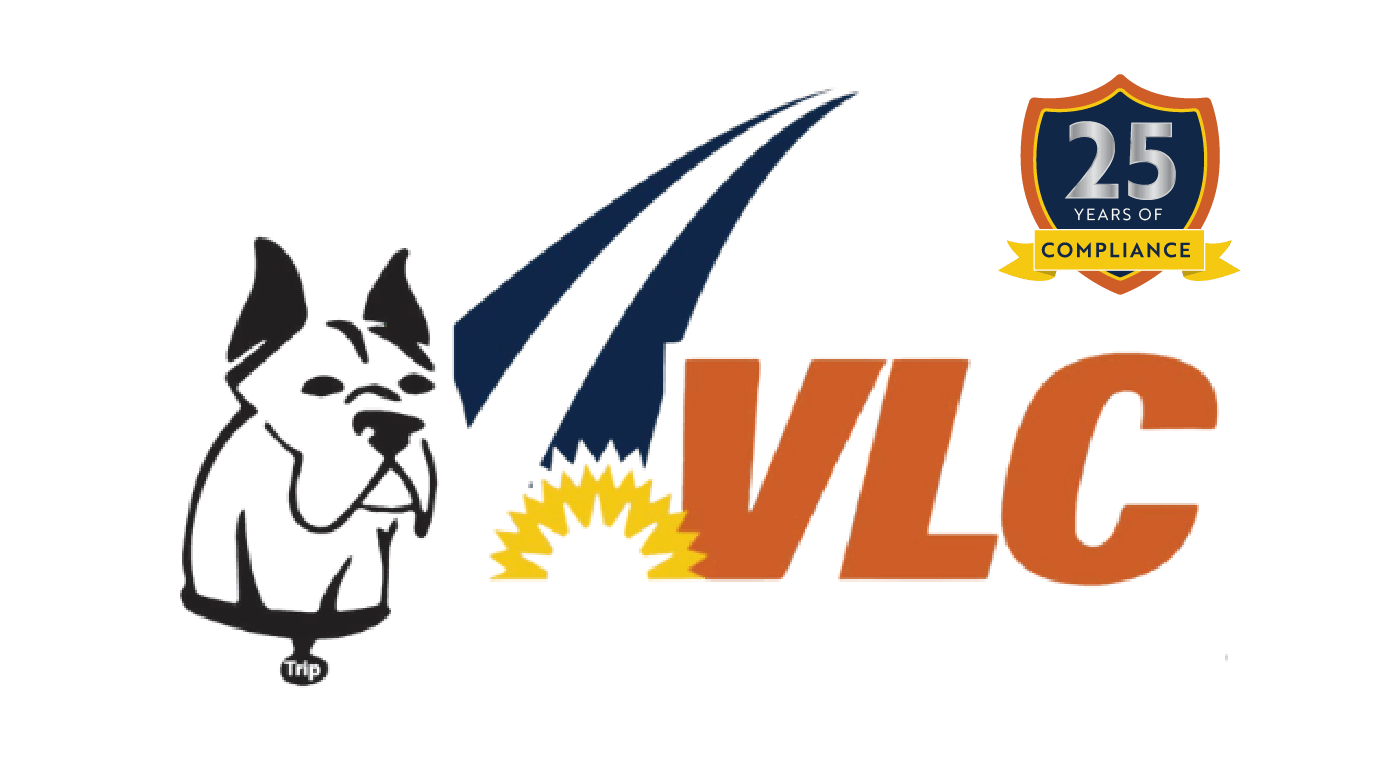When exploring ways to keep trucks safe and road-ready, many fleets encounter the debate of fleet maintenance software vs fleet maintenance program. The two terms sound similar but serve very different purposes. Knowing the difference helps you choose the right strategy—and avoid unnecessary downtime.
What Is a Fleet Maintenance Program?
A fleet maintenance program is the strategic plan for keeping vehicles safe, reliable, and compliant. It provides structure, not just technology.
A strong program includes:
-
Preventive maintenance schedules: Regular oil changes, tire rotations, and inspections.
-
Reactive maintenance procedures: A plan for breakdowns or unexpected repairs.
-
Compliance management: Ensures vehicles meet DOT inspection standards.
-
Driver involvement: Daily Vehicle Inspection Reports (DVIRs) feed directly into the process.
In short, the program is the blueprint that guides how a fleet stays moving.
What Is Fleet Maintenance Software?
Fleet maintenance software is the technology that powers the program. It provides the tools to manage, automate, and track every maintenance activity.
Key features include:
-
Automated service reminders triggered by mileage, hours, or telematics data.
-
Digital repair logs to eliminate paper records.
-
Inventory and parts tracking to control costs.
-
Telematics integration for real-time fault codes.
-
CSA compliance reporting to simplify audits.
The program is the plan. The software is how you execute it.
What Is a Fleet Maintenance System?
A fleet maintenance system combines both the program and the software. It unites strategy with technology, creating a full ecosystem.
Benefits include:
-
Visibility: Status of every truck and trailer.
-
Accountability: Logs of who performed inspections or repairs.
-
Efficiency: Automated scheduling and reporting.
Preventive vs Reactive Maintenance
The difference between a reliable fleet and one plagued by downtime often comes down to preventive vs. reactive maintenance.
-
Preventive maintenance: Scheduled inspections that catch problems early. Safer, less costly, and better for CSA scores.
-
Reactive maintenance: Waiting until failure occurs. Expensive, disruptive, and riskier for drivers and equipment.
Fleets that focus only on reactive maintenance spend more—not only in repair costs but also in lost productivity.
CSA Compliance and Downtime Reduction
DOT roadside inspections and audits weigh heavily on vehicle condition. Poor maintenance leads to:
-
Out-of-service violations that sideline trucks.
-
Higher CSA scores, causing more inspections and increased insurance costs.
-
Missed loads and wasted driver time due to unexpected breakdowns.
A strong fleet maintenance management system keeps fleets compliant, safe, and profitable.
TripDAWG: Smarter Fleet Maintenance Management
TripDAWG connects your program with advanced fleet maintenance software in one easy-to-use platform:
-
Automated service reminders synced with telematics.
-
Centralized maintenance records for fast DOT audits.
-
Real-time fault code alerts to prevent breakdowns.
-
Integration with dispatch and asset tracking for full visibility.
With TripDAWG, maintenance shifts from reactive guesswork to proactive fleet management.
Final Thoughts on Fleet Maintenance Software vs Fleet Maintenance Program
The difference is clear:
-
A fleet maintenance program is the plan.
-
Fleet maintenance software is the tool.
-
A fleet maintenance system combines both for maximum impact.
Used together, they turn maintenance from a burden into a competitive advantage.
Ready to see how TripDAWG keeps fleets compliant and on the road? Contact our team of fleet solution specialist today!


